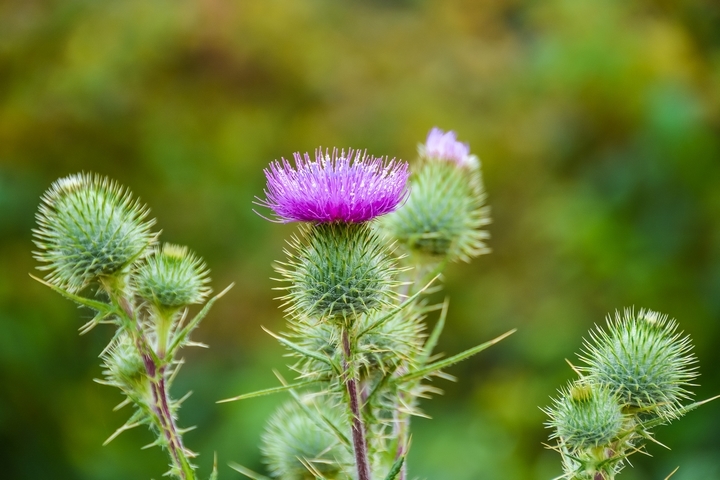You have spent thousands of dollars and countless manhours – not to mention the horrific backpain – perfecting your lawn. Then, out of nowhere, you see a weed popping up. Before you know it, more weeds start growing from the ground. Within weeks, your entire front lawn and backyard are engulfed in weeds, from the benign to the malevolent, and all that hard work goes down the drain.
It doesn’t have to be this way. By nipping these in the bud as soon as you notice them, you can prevent this invasion from damaging the aesthetic bliss your grass offers your household and your neighbourhood. First, you need to identify if you have weeds and what they are. Only then can you tackle this problem.
Here are the eight most common types of yard weeds:
1. Dandelions
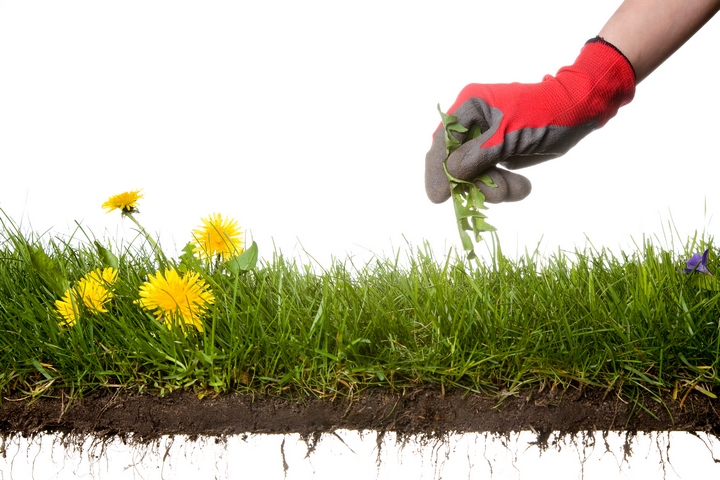
Dandelions could be one of the most common type of yard weeds. While dandelions are good on your plate, they aren’t as appealing on your lawn. (Believe it or not, you can eat dandelions, as they can complement any salad or vegetable dish.) Dandelions, which is a perennial planet, fail to enhance the beauty of your lawn and to kill off.
There are two things you can do: pull it out of the ground by hand or kill it with vinegar. Unfortunately, it will require you to perform this act several times until your dandelions are finally eradicated.
2. Common Plantain

Like the dandelion, common plantains are among the types of yard weeds that can quickly and aggressively invade your lawn. And, like the dandelion, common plantains are edible in salads or as a cooked green. They require both immediate identification and removal, since they can flourish in neglected parts of your lawn and natural environments, particularly damp areas that experience little sun.
There are two methods to employ to remove these weeds:
- Use a flat screwdriver, loosen the soil, and pull out the entire plant and root if they seem free.
- Trim flower stalks as soon as they appear, preventing the plantain from spreading its seeds.
3. Yellow Dock

For decades, herbalists have taken advantage of the yellow dock for its medicinal features – the weed can be utilised to treat anemia because its high iron levels. The yellow dock is easy to notice because its dried flower heads are distinctive since they look like coffee grounds. They are tall and have a large taproot, so the only way to remove them is to dig it out.
4. Crabgrass
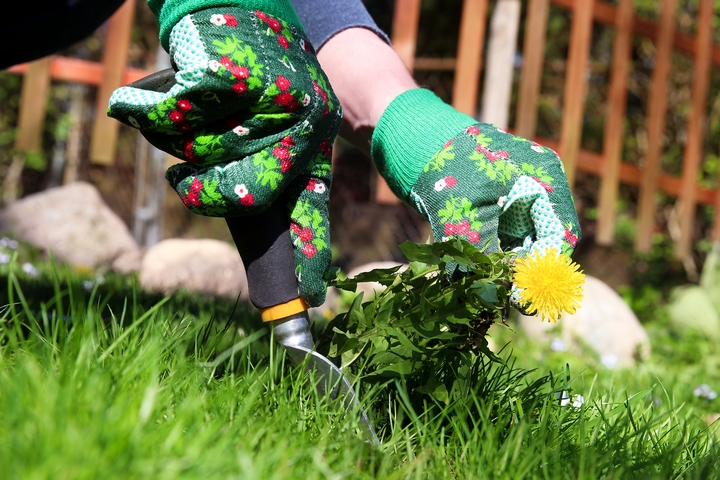
Crabgrass is one of the most common weeds, but it isn’t the most hated. Why? It’s easy to manage, it only appears when it is hot and dry, and it died at the end of the growing season, requiring new seeds each year, though the seeds can linger for three years in the soil.
That said, if it not taken care of, then these weeds can grow up to two feet tall. In other words, crabgrass can become an eye sore if neglected.
5. Wild Violets

Can you believe that many homeowners actually prefer to leave wild violets on their lawn? That’s right. Because of their appearance – and they aren’t too bad to look at – many of those with a green thumb just leave the wild violets alone. If you are one of those naturalists, then it actually boost the authenticity of your lawn.
That said, if you want a uniformed grass, then you can remove them. There are two effective strategies to employ: pulling the root from the ground or spraying it with a weedkiller, like Round-Up or Weed-B-Gone. Moreover, don’t think spring or summer is the best time to remove them; it’s really in the autumn.
6. Shepherd’s Purse
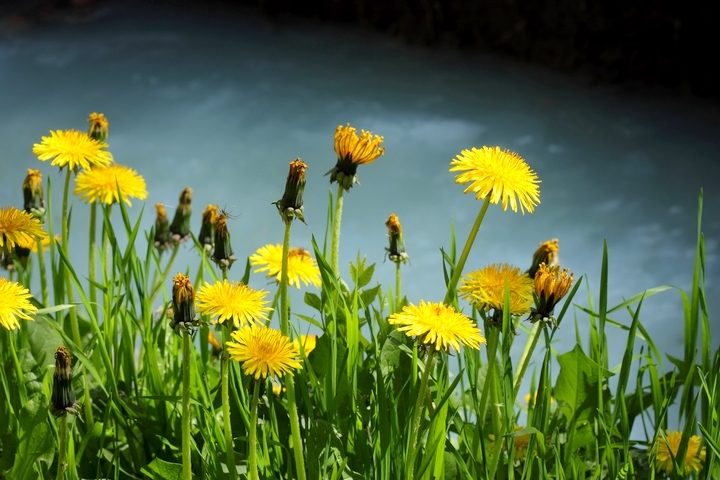
If you walk down any city street at the end of spring and in the middle of summer, then you likely notice small white flowers on long stalks stretched across the ground. Rather than ubiquity in metropolitan areas, shepherd’s purse is also edible for consumption as it is rich in vitamin K and its seedpods are great to season up stir fries and salads. It has medical purposes, too, which was prevalent during the Second World War when shepherd’s purse was used to treat wounds.
7. Pigweed
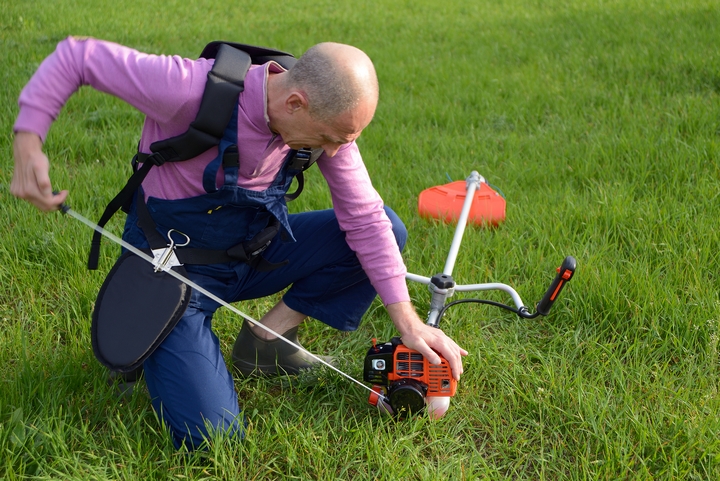
Poor pigweed. It doesn’t get any love from homeowners, botanists, and even those in the culinary world.
Also known as redroot amaranth or careless weed, pigweed is dark green with pointed leaves on tall stems. They are prevalent and durable because each plant produces as many as 100,000 weeds. In other words, there are several generations for every season.
But the seeds are what make this weed special. Seeds are rich in protein and higher protein content than things like rice and rye. Moreover, pigweed seeds are easier for digestion than common products like dairy, soy, and wheat.
Vegans may have a trick up their sleeves for protein!
8. Lambsquarters

You’re more likely to find lambsquarters on the roadside or in fields than on someone’s property. That said, this weed is common for picking (who wants to pick weeds, you may be asking!). Because it tastes a little bit like spinach, its full in nutrition (thanks protein and calcium!), it can treat toothaches, and its appearance can add to your garden, you may be excited and grateful to find this weed on your lawn.
Don’t want it? Good luck! Why? Because each plant produces thousands of seeds every season.
Spring and summer may feel like an eternity away, especially when Old Man Winter has permanently parked his keister in your part of the country. But spring and summer will make their triumphant return quicker than you can say cat in a hat. And, considering how quickly weeds can form and populate, you may relish in the heavy snowfall and freezing temperatures for a little bit longer.

